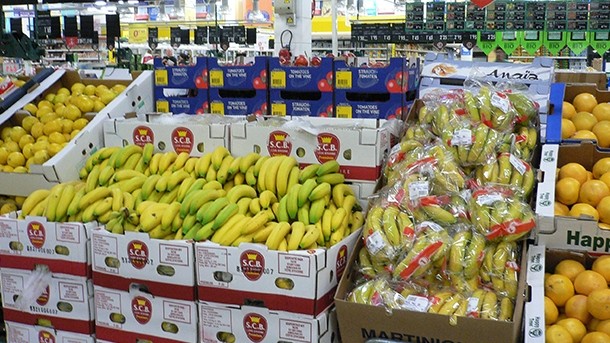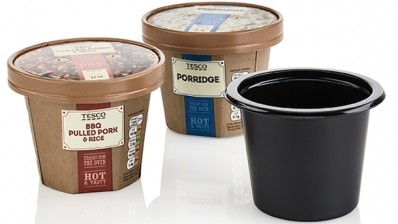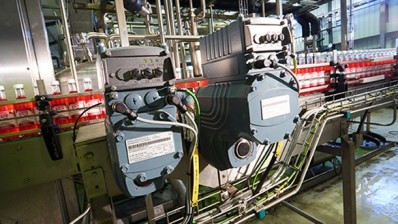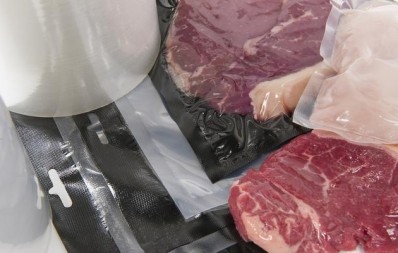Corrugated paper fights plastic for fresh produce share

“Certain retailers are using RTP to move fruit and vegetables through the supply chain quickly and gain a commercial advantage that way,” said director of packaging affairs Andrew Barnetson. “That’s fine. Do it for commercial advantage, but don’t claim an environmental advantage unless you can demonstrate it.”
However, Barnetson pointed out that some retailers with a different sales strategy appeared to favour corrugated cases and trays for produce. The booming home-delivery produce segment had also adopted board as its material of choice.
Corrugated for fresh produce
Meanwhile, Italian research commissioned by the European Federation of Corrugated Board Manufacturers (FEFCO) indicated further reasons for choosing corrugated for fresh produce. A team from Bologna University found that bacteria affected fruit far less when packed in corrugated than in RTP.
“Everything else being equal, the nature of corrugated is that it draws pathogens into the packaging where they dry out and die,” said Barnetson. “On plastics, they tend to form a biofilm, and have nowhere else to go but into the product.”
As he explained, in other food and drink categories, the corrugated sector has bolstered its position largely thanks to innovations around shelf-ready packaging.
‘Tray on-shelf’
“Ironically, the consumer sees a tray on-shelf and thinks there is more packaging in the system when, as we know, that is not the case,” said Barnetson.
In a further development, FEFCO has launched its Common Footprint Quality standard. This builds on the Common Footprint format for stackable trays, adding a series of strength and moisture-resistance tests.
“The standard shows that we’ve carried out our third-party checks, and these parameters have been met,” said Barnetson.















